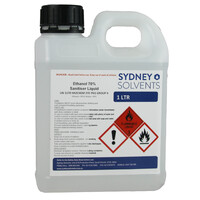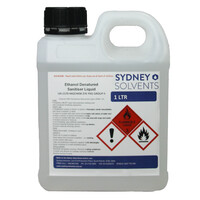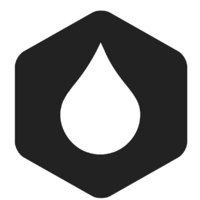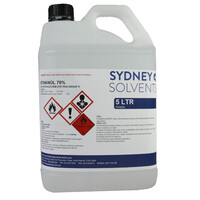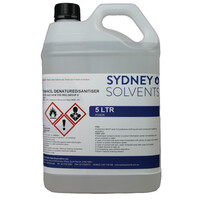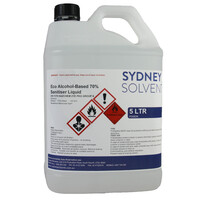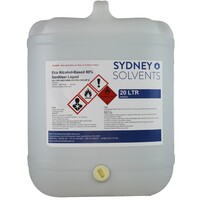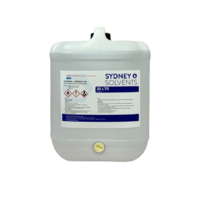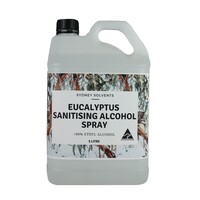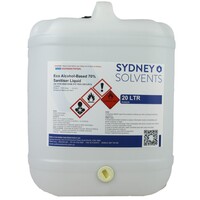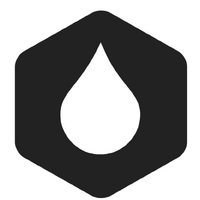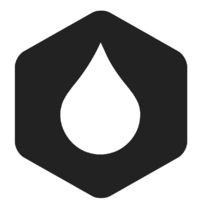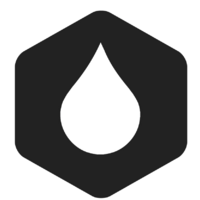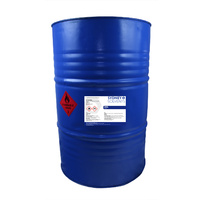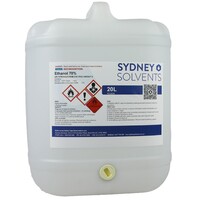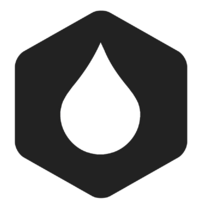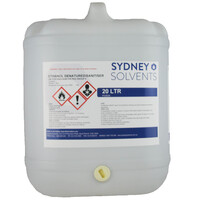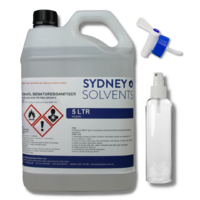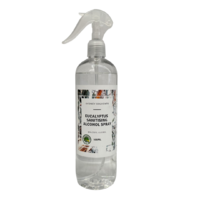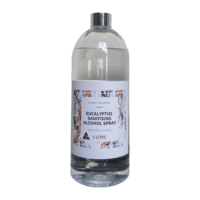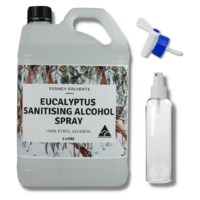Ethanol
Ethanol is a clear colourless liquid made from a natural sugarcane process. The ethanol boiling point of ethanol is 78 °C and the flashpoint is 11 °C. The product is commonly found as ethanol fuel in e10 fuel, often referred to as grain alcohol or ethyl alcohol. Our ethanol is 99% with a 1% denaturant in it so it is not food safe or suitable for drinking. Ethanol can be used to extract oils, disinfectant, sterilise medical equipment, as a window cleaner, and there are many more uses. Additionally, ethanol is perfect for indoor or outdoor ethanol heaters.
Ethanol mixes well with water, and you will find that ethyl alcohol is a common ingredient in cosmetics, cleaners and fuels. When using ethanol on the skin as rubbing alcohol it is recommended to dilute it down to about 70%. You can also add in a fragrance to mix with ethanol to make as a disinfectant to use around the home.
Ethanol Uses
Ethanol is a very versatile product and can be used in a variety of applications. It is an effective solvent in the paints, lacquers and varnish industry. You will also find that it is found in a lot of cosmetics such as toners and makeup brush cleaners. It can be used as a window cleaner, spray and wipe disinfectant, and a steriliser.
Sanitisation
The Therapeutic Goods Association (TGA) has two approved formulations that can be used for sanitisation. One being Ethanol which is highly recommended for sanitising surfaces to kill germs and bacteria that stay on kitchen benches, bathrooms and doorknobs. Ethanol can be used at a rate of >70% to be effective. It is Australia made which is a great bonus!
Ethanol 99% vs. Ethanol 70%
Ethanol 99% is more suited to cleaning type applications when a quick evaporation rate is required. Whereas ethanol 70% is also known as rubbing alcohol, that can be used on the skin to disinfect and kill bacteria. The difference is the moisture content and the strength of the alcohol. The higher the strength the more it will flash off but in the circumstance when you need to kill bacteria, sometimes the 70% works better as it has longer surface time, therefore, more time to kill the germs.
Ethanol vs. Bioethanol

